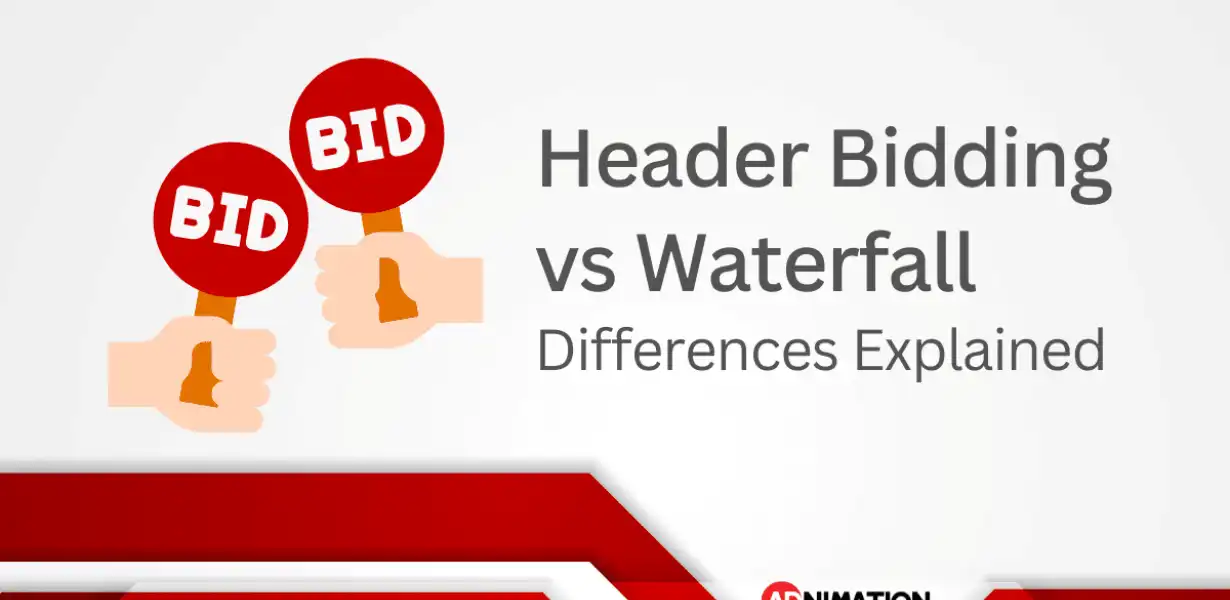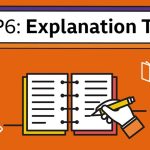
Rethinking Ad Monetization: Navigating the Evolving Landscape of Waterfall Bidding Strategies
- Post
- August 9, 2023
- Ad Serving Tech, Header Bidding, Waterfall
- 0 Comments
In the ever-evolving realm of digital advertising, staying ahead of the curve is not just advantageous, but essential. As businesses strive to maximize their online presence and revenue, ad monetization strategies take center stage. Among these strategies, the concept of “Waterfall Bidding” has been gaining traction as a powerful tool for publishers and advertisers alike. In this comprehensive discourse, we delve into the intricacies of Waterfall Bidding, dissecting its nuances, benefits, and the ways it’s redefining the ad monetization landscape.
Introduction
The digital landscape is an intricate ecosystem where advertisers and publishers vie for attention and revenue. The traditional ad monetization model often involved a sequential approach, where ad networks were stacked in a predetermined order. However, the advent of programmatic advertising has necessitated a more adaptive and efficient approach, giving rise to Waterfall Bidding.
Understanding Waterfall Bidding
Waterfall Bidding is a programmatic advertising strategy that involves a sequential auction process, enabling publishers to optimize their ad inventory monetization. Unlike traditional methods, where ad networks compete simultaneously, Waterfall Bidding operates in a linear cascade. It starts with the highest-priority ad network and progressively moves down to lower-priority networks until an ad impression is filled or sold.
The Mechanics of Waterfall Bidding
Sequential Prioritization: At the core of Waterfall Bidding is the sequential arrangement of ad networks based on their historical performance, fill rates, and eCPM (effective cost per mille). This ensures that the most lucrative opportunities are exhausted before moving to less profitable ones.
Real-time Decisioning: Unlike the static nature of traditional waterfall models, the modern Waterfall Bidding strategy involves real-time decisioning. This means that the decision on which ad network to call next is made dynamically, maximizing the chances of optimal revenue.
Dynamic Allocation: Waterfall Bidding also employs dynamic allocation, which refers to the ability to allocate different percentages of ad impressions to various ad networks based on their historical performance.
Benefits of Waterfall Bidding
Enhanced Monetization: Waterfall Bidding enables publishers to extract the maximum value from their ad inventory by prioritizing high-performing ad networks and demand sources.
Optimized Fill Rates: With its sequential approach, Waterfall Bidding ensures that each impression has a higher likelihood of being filled, reducing the number of unfilled impressions.
Adaptive Strategy: Real-time decisioning and dynamic allocation allow publishers to adapt swiftly to changing market dynamics, ensuring optimal revenue in a dynamic environment.
Navigating Challenges
Latency Concerns: A potential downside of Waterfall Bidding is increased latency due to the sequential nature of the process. However, advancements in ad tech are mitigating this concern.
Complex Management: Managing a waterfall setup requires careful attention to network performance, eCPM, and historical data, demanding a sophisticated approach.
The Future of Waterfall Bidding
As programmatic advertising continues to evolve, Waterfall Bidding is poised to maintain its relevance. However, its trajectory will be influenced by advancements in AI, machine learning, and automation. The combination of these technologies has the potential to further optimize decision-making processes and streamline the waterfall strategy.
Final Words
In the dynamic landscape of digital advertising, Waterfall Bidding stands as a strategic pillar for publishers and advertisers seeking to monetize their assets effectively. Its sequential and dynamic nature, backed by real-time decisioning, positions it as a formidable tool for maximizing revenue. As AI and automation continue to reshape the digital ad landscape, Waterfall Bidding’s adaptive approach ensures its continued prominence.
Commonly Asked Questions
Q1: How does Waterfall Bidding differ from traditional ad monetization?
A1: Unlike traditional methods, Waterfall Bidding involves a sequential and adaptive approach to prioritizing ad networks, enhancing revenue potential.
Q2: Can Waterfall Bidding address latency concerns effectively?
A2: While Waterfall Bidding can introduce latency, advancements in technology are mitigating this issue, making it less of a concern.
Q3: What role does dynamic allocation play in Waterfall Bidding?
A3: Dynamic allocation allows publishers to allocate ad impressions to different networks based on their performance, optimizing revenue potential.
Q4: Is Waterfall Bidding suitable for all types of publishers?
A4: Waterfall Bidding is particularly beneficial for publishers with diverse inventory and multiple demand sources, as it allows them to maximize revenue.
Q5: How does the future of Waterfall Bidding look amidst AI and automation?
A5: The future of Waterfall Bidding is promising, with AI and automation expected to further refine its processes and ensure continued effectiveness.




